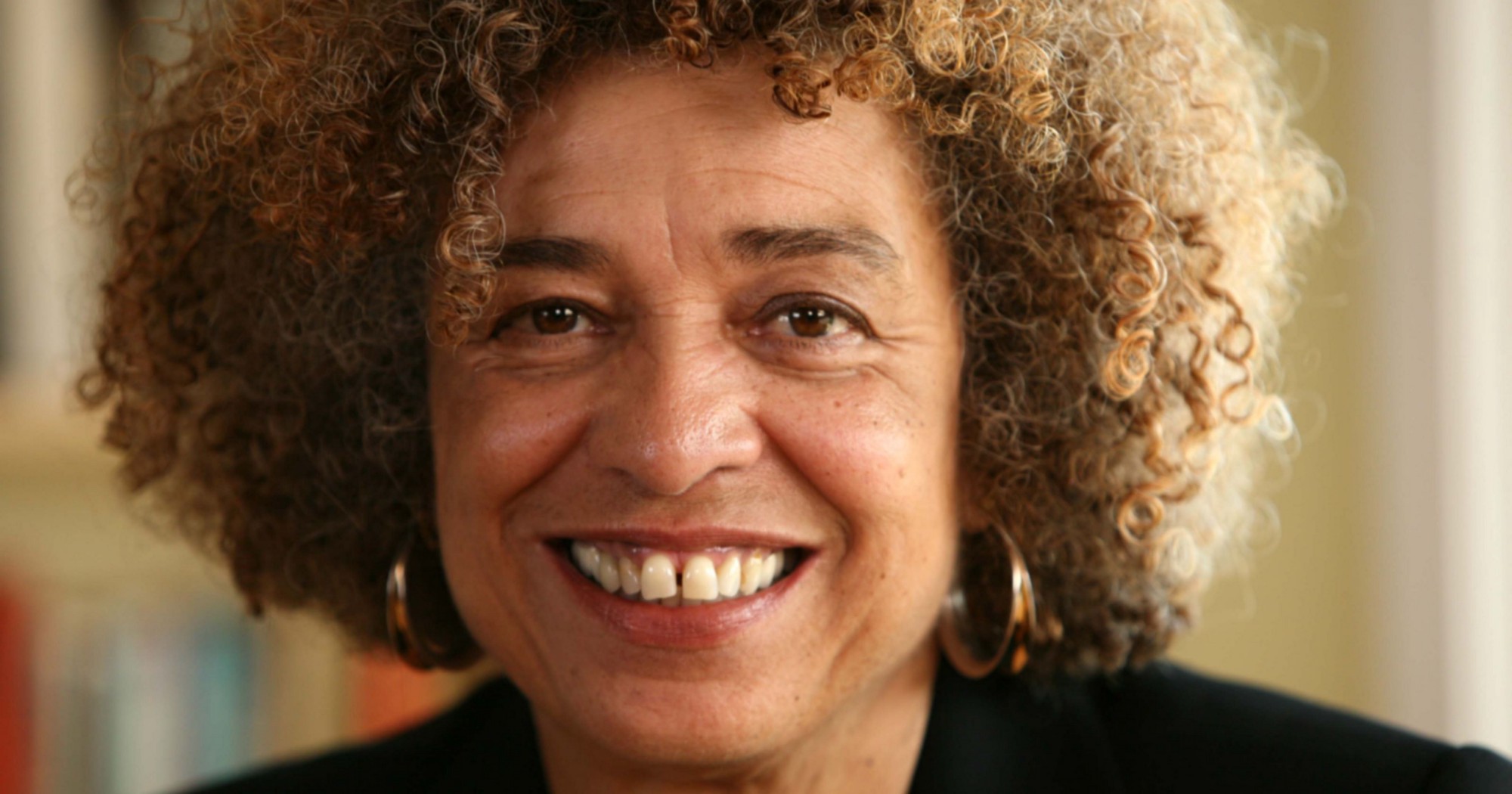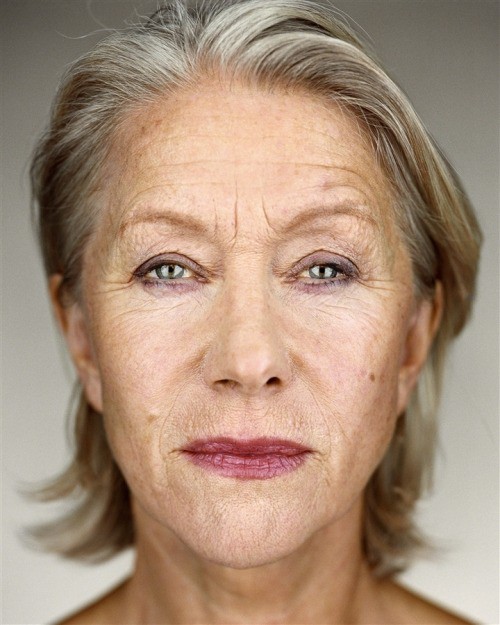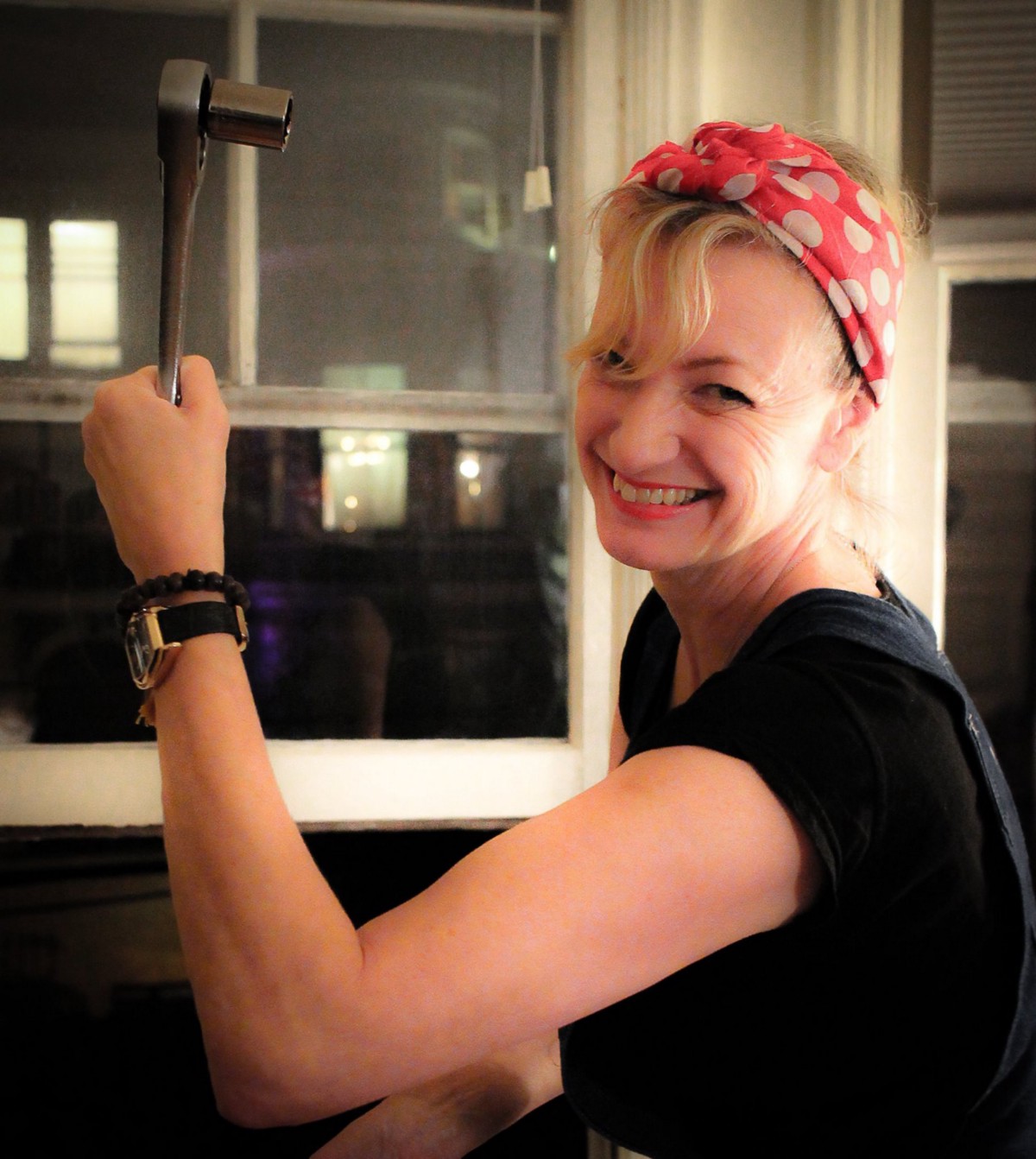Meet Elizabeth
Elizabeth Churchill is currently a Director of User Experience at Google. She is an applied social scientist working in the area of human computer interaction, computer mediated communication, mobile/ubiquitous computing and social media. Elizabeth is the current Secretary/Treasurer of the Association for Computing Machinery (ACM), the world’s premier professional society for computer science professionals.
She has published over 100 peer-reviewed publications, written two co-authored books and has co-edited 5 books. She was formerly Director of Human Computer Interaction at eBay Research Labs (ERL) in San Jose, California. Prior to that, she held a number of positions in top research organizations: she was a Principal Research Scientist at Yahoo! Research, where she founded, staffed and managed the Internet Experiences Group; a Senior Research Scientist at the Palo Alto Research Center (PARC), California, where she led research focused on collaboration tools in software engineering in Japan; and a Senior Research Scientist at FX Palo Laboratory, Fuji Xerox’s research lab in Palo Alto where she led the Social Computing Group.
Hi, Elizabeth — excited to chat with you about this. How did you start in HCI? What was your first job like?
I started working in HCI when I started building “programmable user models”, what we affectionately called “PUM”s. PUMs were focused on modeling how people reason, think, and problem solve; I was working on how people interact with ands solve complex problems with devices like advanced calculators and computers. My PhD looked at people’s mental models of complex computations, and how those mental models form through interaction with an interface; basically, how does information presentation change the way people conceptualize a problem and how they go about solving that problem. The PhD work built on my MSc. thesis where I built a tutoring system that created different learning trajectories for students, based on a model of their level of understanding. For that, I looked at the errors they made when they were trying to solve problems to determine where their understanding was weak or off, and my system led them through remediation exercises. This laid the foundations for my fascination with people, information presentation, and with task, interface and interaction design.
My first job in HCI was at the University of Nottingham in the Department of Psychology, where I continued this kind of work but also started teaching a course called People & Computers which included a lot of insights from Human Factors. It was then that I also expanded my interest to more anthropologically inspired ways of looking at people’s behaviors in everyday life. So, that is how I went from focusing on modeling human reasoning and learning, to experimental studies, to studying knowledge in action in the “real” world. I had a really wonderful time at Nottingham. My boss at the time, Dr David Gilmore, was an inspiration and a great mentor. Plus, I had so many amazing colleagues, and a great deal of freedom to shape my research work and teaching, and to build collaborations across disciplines from architecture to critical theory to computer science to organizational psychology.
How balanced is your current work environment in terms of number of men vs. women, their titles and responsibilities?
My current team is well balanced. I have 10 reports, 5 women and 5 men. They hail from all around the world so we are a truly multi-cultural mix of minds, thinking and approaches. There’s so much energy, diversity of perspective, and mutual respect for different experiences, I feel I am very lucky to have this team of people around me. I strongly believe this diversity makes for much better results in the work we do.
That is definitely a good balance. Has it always been like that? Have you been through any particular challenges for being a woman in a predominantly male industry?
There are always challenges when one is a member of a minority, and that is doubled when that minority is not the one which has had the institutionalized power for generations — i.e., sorry yes I have to say it….. men. That said, I have had a number of really supportive male mentors!
So yes I have faced challenges. I am thankful that in my personal situation I haven’t had too many really challenging issues, but it is always a struggle. One of the struggles is that one is always being asked to account for a be a torch bearer for one’s gender. I know it is important and I don’t resent it, but let’s not pretend it isn’t extra emotional and practical work, and it takes time away from the impactful work upon which one is evaluated.
On a more positive note, I am happy that all around me there is growing awareness that there are many ways to be effective. Traits typically associated with being socialized as a woman are being recognized as positive now.
A good example of that is emotional intelligence; emotions were seen as weakness, and gender-identified as being “female”, which is of course nonsense. Acknowledging emotional intelligence and emotionality as being fundamentally human means both men and women benefit in the long run.
Can you name someone who has inspired you? Any other leader you often look up to?
Lots of people inspire me every day — all the folks on my team for instance!
And there have been lots of people who have been an inspiration for me in a more personal capacity along the way. I’d say the person who inspired me the most was primary school teacher, Alex Johnson. Sadly he passed away a few weeks ago, aged 99. We stayed in touch over all these years. He loved learning so much, it was infectious. He created a space where all shapes and sizes of learning style were accommodated and encouraged deep disciplinary expertise, wide curiosity, a sense of collaboration, and celebration for and joy in other’s successes as well as one’s own. I also mentioned my former boss, David Gilmore, and of course my wonderful PhD supervisors who years ago helped me shape my energy into disciplined focus on research.
And if I were to choose a woman who encouraged me to have more confidence and faith in myself and to be a strong woman, it would be one of the people I studied with for my MSc, Margaret Boden. She showed me it was possible to be tough, no nonsense, and yet really kind and compassionate — and to be a woman in a world dominated by men. She also showed me I need not fear ageism, which is a critical problem for women in our society; she helped me believe I could have a very very very long career and that it would be a windy road of growth and development and change, but that I was always to think of myself as welcomed and as creating spaces for others to be welcomed no matter how old and no matter what stage of career. When it comes to UX, I was inspired by someone who was my boss shortly after I arrived in the US –Sara Bly–an early pioneer in social computing among other things and a truly effective researcher.
Margaret Boden also showed me I need not fear ageism that is a critical problem for women; she helped me believe I could have a very very very long career and that it would be a windy road of growth and development and change, but that I was always to think of myself as welcomed and as creating spaces for others to be welcomed.
If I were to choose someone in the technology design world it would be Doug Engelbart who always focused on augmenting human intelligence not emulating or replacing it.
And… Why choosing HCI?
Because it is about having empathy for others and is about bringing humanity to technology.
What’s your favorite UX quote?
It isn’t a UX quote but it is one of my favorite quotes that I think applies to all life including UX: “I am no longer accepting the things I cannot change. I am changing the things I cannot accept.”, spoken by Angela Davis, professor at UC Santa Cruz. Whatever you’re doing, whether it is designing a product or a society, this has to be one’s stance — to do something about the things one does not agree with.

Angela Davis, professor at UC Santa Cruz
“I am no longer accepting the things I cannot change. I am changing the things I cannot accept.” — Angela Davis
If I had to choose a phrase from UX, it would be my friend Susan Dray’s phrase: “If the user can’t use it…. it doesn’t work”. I’d add — if it doesn’t augment the user and they get frustrated using it — it doesn’t work!
What advice would you give to female designers who are just now starting in UX?
Don’t accept being patronized or condescended to. Ever. By anyone. Practice phrases that are your go-to for stopping patronizing conversations…. .like “Thank you for your input.” To which you could add “I’d like to respectfully disagree” if you want the conversation to continue. Don’t take that stuff on. And remember the power of silence — if someone says something to you or if they ask you a question where you feel condescended to, you don’t have to respond.
Never work for anyone who does not have your best interests in terms of career growth at the center of their interaction with you.
Learn to listen, admit it when you’re wrong, and luxuriate in the learning that comes from being wrong. Try to separate out when you should take something personally and when not. Ask friends and trusted colleagues for help getting clarity around that. Be kind–to yourself and to others. Be respectful, thoughtful, and clear in asking for what you want.
For designers starting out in UX more generally, male or female, I’d say…..Think bigger. Read more widely. Dig deeper. Realize there’s a deep, rich history of work. Think more critically. Think ethically — will what you are working on benefit humanity or not–if you can’t answer in the affirmative, look at yourself in the mirror and ask yourself why you’re working on something that does not have positive value for other people.
Thinking more critically is so important in the times we live in… Well, if you could go back in time, what advice would you give to younger you when you were just starting?

Helen Mirren — Photo: Martin Schoeller
I am stealing this one from one of my favorite actresses, Helen Mirren. When she was asked this question in an interview last year, she said:
“At 70 years old, if I could give my younger self one piece of advice, it would be to use the words “f**k off” much more frequently.” — Helen Mirren
You may want one’s own version of that, of course, some phrases are not the most diplomatic :-) …… but in general, there is still too much pressure on women to put up with unsupportive situations and to stick it out despite that lack of support.
I feel as a young woman starting out in my career, I was forced into being a bit of a people-pleaser in order to succeed. Opening career doors involved a lot of being “nice” compared to what my male counterparts had to do. Behaviors they exhibited were seen as assertive and commanding, confident and competent, whereas I felt I would have been seen as “pushy” and “demanding”. So it’s double the work, being good at what you do and also have to to sugar-coat everything to satisfy the lingering sensibility that “girls are made of sugar and spice”–it takes more energy and more time.
As a young woman starting out in my career, I was forced into being a bit of a people-pleaser in order to succeed.
In some places it is changing but still too often young women are just not allowed to be as assertive or appear as confident as young men are, they are still put into the double bind of having to appear to be “nice” as well as really good at what they do. I am all for politeness and good social behavior all around, but we have to acknowledge that this is not in balance when one cohort has to do much more work than another.
What about companies? Any suggestions on how they can contribute to a more balanced and equal industry?
Yes. Keep looking at imbalances and stop pretending that this world is a meritocracy and that all your employees are fungible blank slates. This world isn’t and they aren’t. Surface unconscious biases, don’t shame people for having them, but create really open dialog about the issues. Forgive yourself for having biases. Acknowledge them and work on them.
Alright. To wrap it up and give our readers some more tactical advice. What’s your favorite UX book?
Too many to name. I could say one of my own books of course (joking!).
These may not, strictly speaking, be UX books but here goes…
I always think people should read The Pencil and/or To Engineer is Human by Henry Petroski because I find UX is experienced or talked about so narrowly these days. For example, I dislike that UX stands for “user experience” and think it should be “use” experience to emphasize that a focus on “the user” is limiting and necessarily suggests there is a single user that could be understood in generalities. Shifting to “use” from “user” shifts the focus back on the thing we should be looking at and shaping — the thing or situation or setting or artifact that is being designed. Or, perhaps like some folks suggest we should just say “experience design”….
But somehow that loses that I am trying to build thing that have utility beyond just the in the moment experience. I’ve recently been re-reading Designing for Humans by Henry Dreyfuss which is an excellent book, and on my night stand is Design Meets Disability, a book I am thoroughly enjoying right now ….for the second time!
Any experience you consider to be excellent these days?
There are many great products and experiences out there. If I had to choose one thing I love, it would be my tablet. I love it. Pen-based interaction is so much more enjoyable for me than keyboards and typing. I also love my tea kettle which has a temperature setting for all kinds of tea. Simple and perfect, and make the start to every morning just right. And if in a coffee mood, the Bialetti is the perfectly designed device in all sizes. I am still really excited about that design, love its look, love what it does. So simple and so effective.
Again a little off the path but……I’m also a great fan of immersive theatre, like those done by Punchdrunk International theatre company because we can learn a lot from such semi-scripted experiences when it comes to designing technology — now that is what I call “experience design”!
